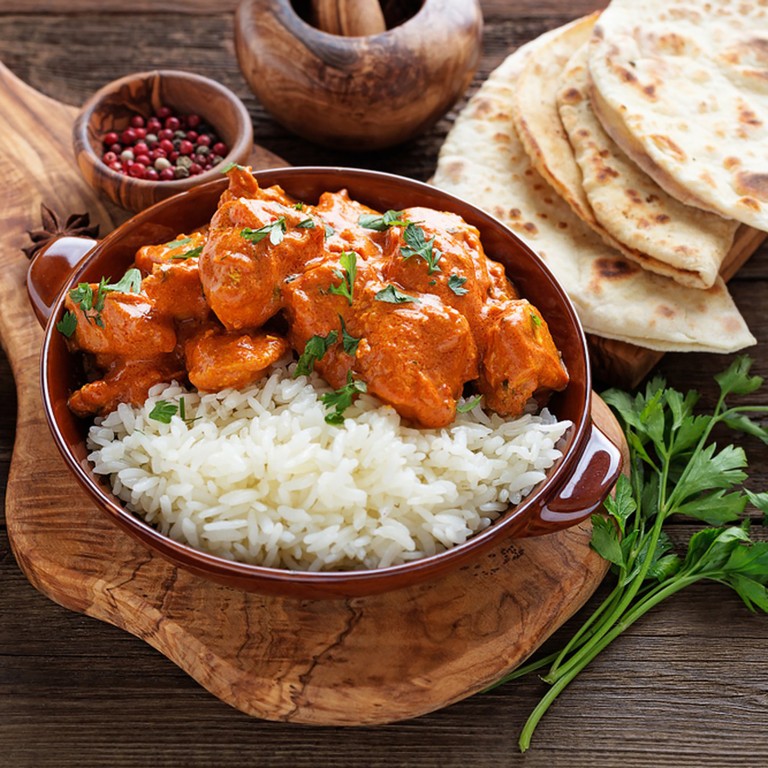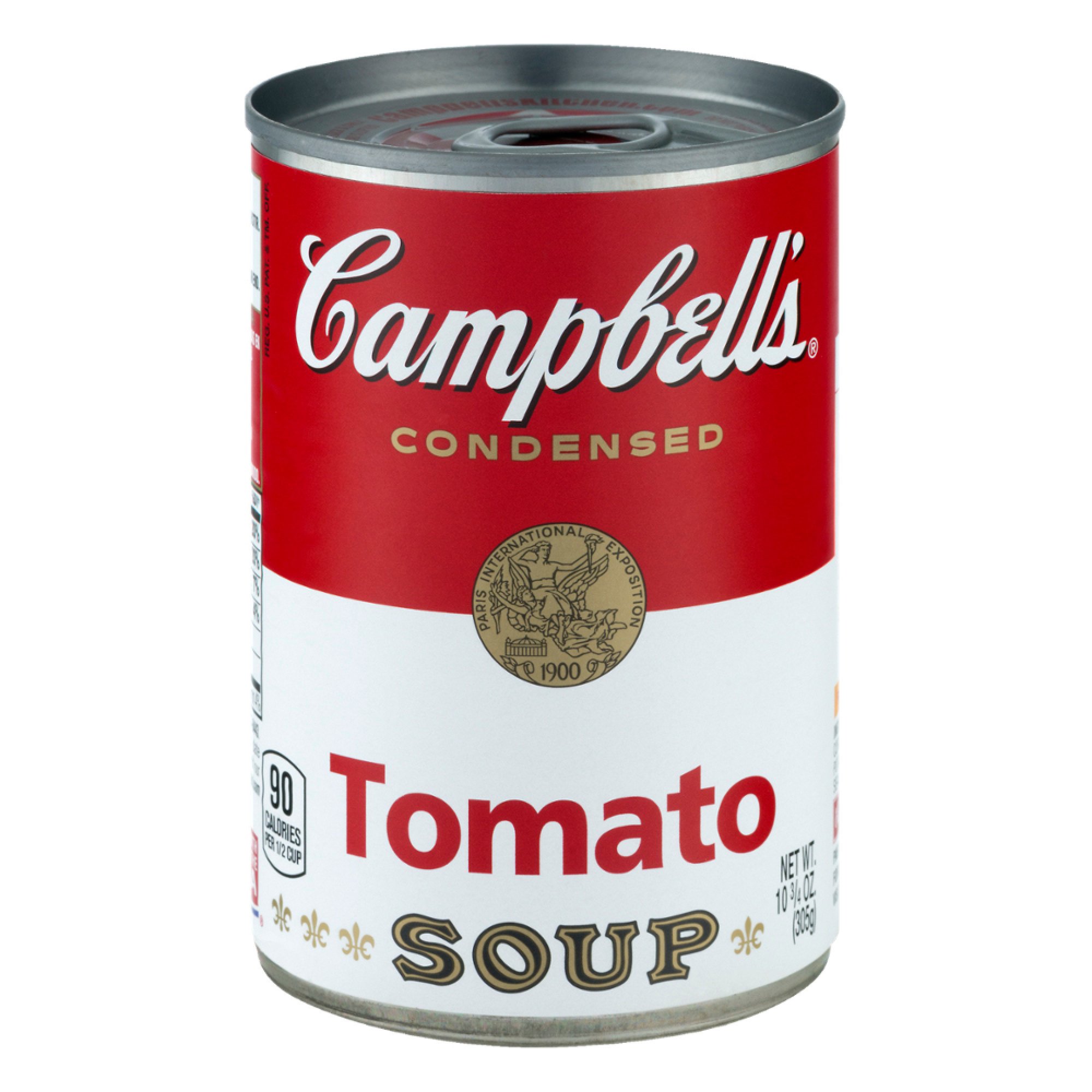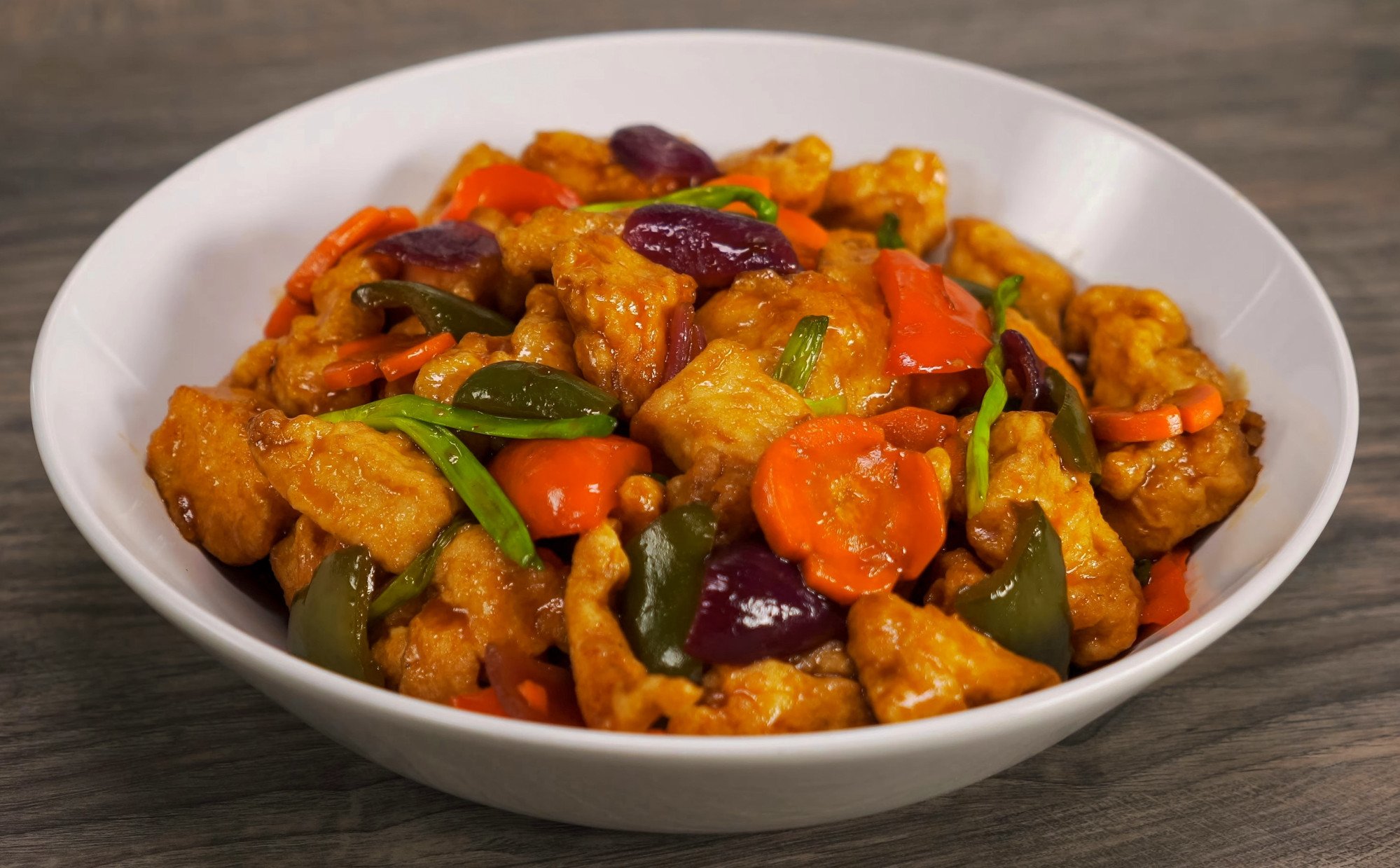
Chicken tikka masala: why Britain’s best Indian chefs respect the hybrid dish, even if they won’t put it on their menus
- Asma Khan of top British Indian restaurant Darjeeling Express talks about her initial resistance to the hybrid dish and its place in the UK’s culinary history
- Fellow chef Samir Tharkar, like Khan, wouldn’t put it on his menus, but acknowledges the role the dish had in making Britons fall in love with Indian flavours
Asma Khan has a vivid memory of the first time she encountered chicken tikka masala (CTM), the b*****d child of Indian cooking and British taste. It was in 1992, and she had just arrived in the great English university town of Cambridge, where her husband was studying law.
A professor invited the young couple to dinner at an Indian restaurant, where he ordered the dish, a staple of curry houses across Britain.
“I was confused,” says Khan of the chunks of mildly spiced chicken, roasted, then stewed in tomatoes and cream. “I thought I knew about Indian food, but this was completely unfamiliar. I honestly thought someone in the kitchen had made a mistake.”
In Indian cooking, a tikka is ready to eat when roasted. Stewing it is superfluous, and doing that in tomatoes and cream is downright silly.

Samir Tharkar, born and raised in the UK, has a very different recollection of his first experience of CTM, as the dish is commonly known in the country of its creation.
“I had it at the Curry Pot, a popular restaurant in Leicester where my parents used to take me,” he says. “I don’t think I knew or cared whether it was really Indian. It was just … there.”
Why fully loaded congees are trending, and why it is a Lunar New Year taboo
Khan is now the celebrated chef of the about-to-reopen Darjeeling Express, Britain’s best Indian restaurant, and Tharkar is the founder of the wildly successful Dishoom chain of Indian restaurants.
Both take pride in the authenticity of their fare – and wouldn’t dream of putting CTM on their menus. But they readily acknowledge the debt they owe to a dish that belongs to the pantheon of the world’s great gastronomic half-breeds, alongside spaghetti with meatballs, chop suey and the California roll.
CTM, Tharkar says, “helped to make Indian flavours familiar to the British palate, a necessary step to making Indian the most popular cuisine in this country”. Khan puts it more bluntly: “If there was no CTM, there would be no Darjeeling Express.”

In the creation myth of CTM, a customer at Shish Mahal in Glasgow complained that the chicken tikka was too dry, prompting Aslam to create a quick sauce from a handy can of Campbell’s condensed tomato soup. Aslam dated the birth of the dish to sometime in the 1970s. (Who added the cream is not known.)
By the early 1980s, when Tharkar sampled it at the Curry Pot, CTM was already a smashing success around the country. Twenty years later, then-foreign minister Robin Cook would describe it as “a true British national dish”.
The sauce, Cook pointed out, satisfied “the desire of British people to have their meat served in gravy”.
In addition to giving diners something in which to soak their naan, it made the dish less spicy and therefore more palatable to Britons brought up on relatively bland fare.

In time, like a gateway drug, CTM encouraged them to try progressively more fiery dishes – a tendency that thrived in a culture of binge drinking.
There were early signs of a countertrend. Here and there, an Indian restaurant would buttress its claim to authenticity by leaving CTM off its menu. I remember the waiter at Masala Zone, in Soho, curling his lip in disdain when asked why it wasn’t available.
In an unexpected twist, the dish travelled to India, where some restaurants had begun to serve it as a kind of curiosity, in the way you can sometimes find a California roll in a Tokyo sushi bar.
The underlying sentiment was, “Look at what those crazy Britons are calling Indian food”!

CTM has conquered new frontiers. You’ll find it on menus across the US and Europe, serving as an introduction to Indian cuisine for timid palates and a harbinger of more authentic flavours to come.
What’s more, plenty of restaurants in the Indian subcontinent now serve it without irony. Ali Ahmed Aslam lived long enough to see his invention gain acceptance in the land of his birth as well as the one of his choosing.
His passing was mourned by Vir Sanghvi, India’s pre-eminent gastronome, who wrote that CTM had become as ubiquitous as other beloved culinary b******s: “Chicken tikka masala is as Indian as chicken Manchurian is Chinese. But as long as people enjoy the dish, who are we to be judgmental about it?”

